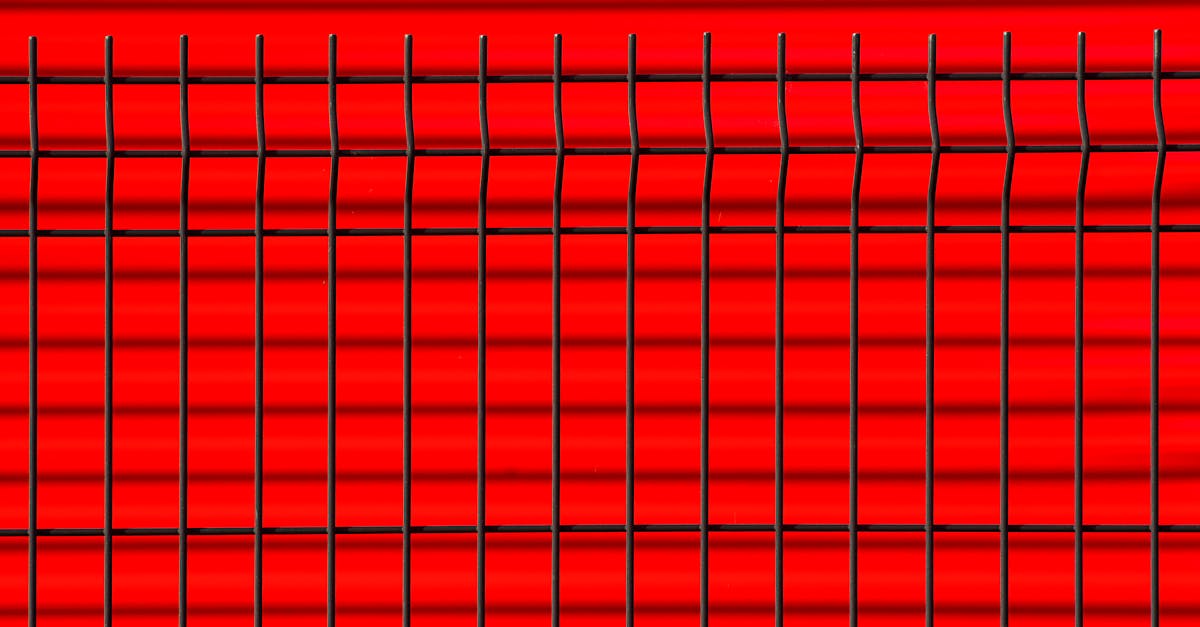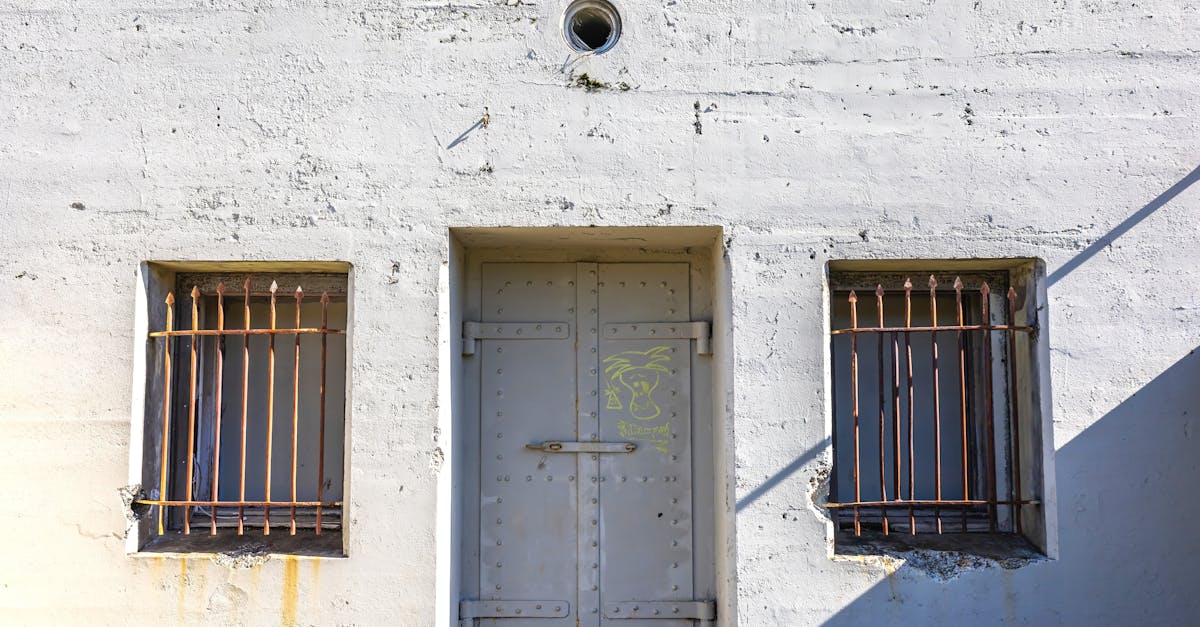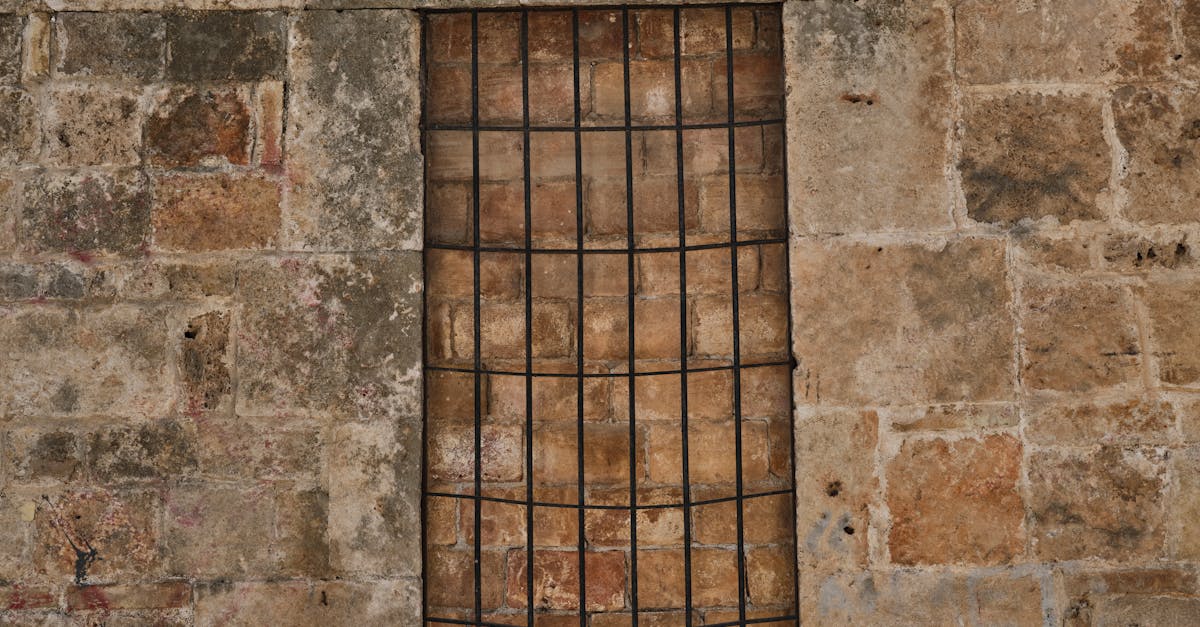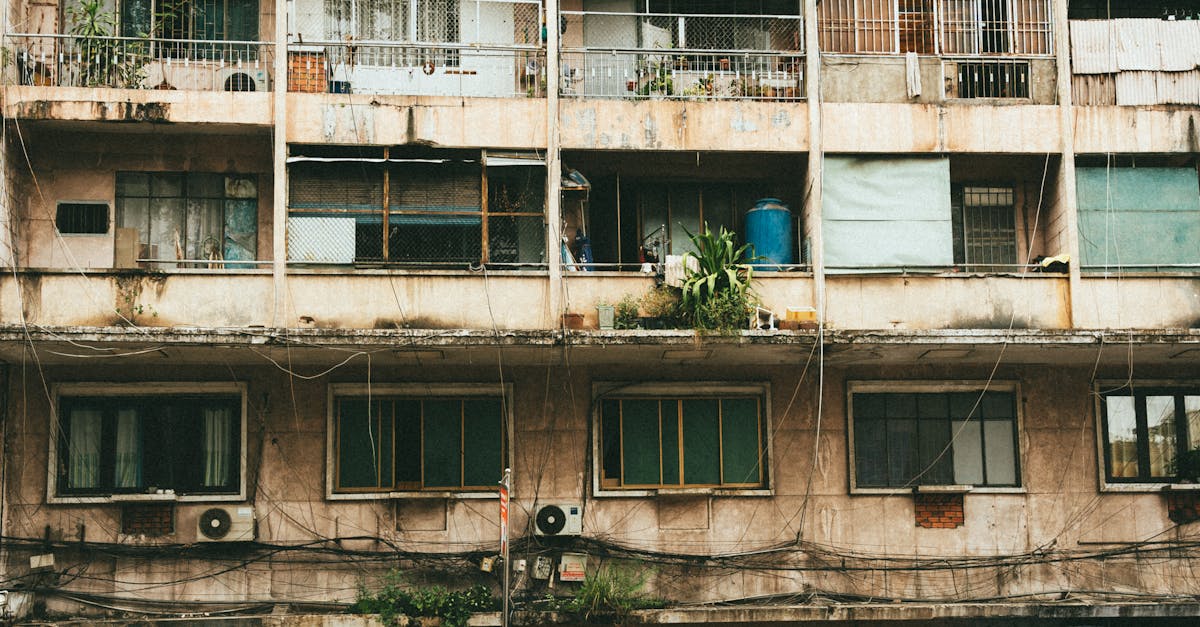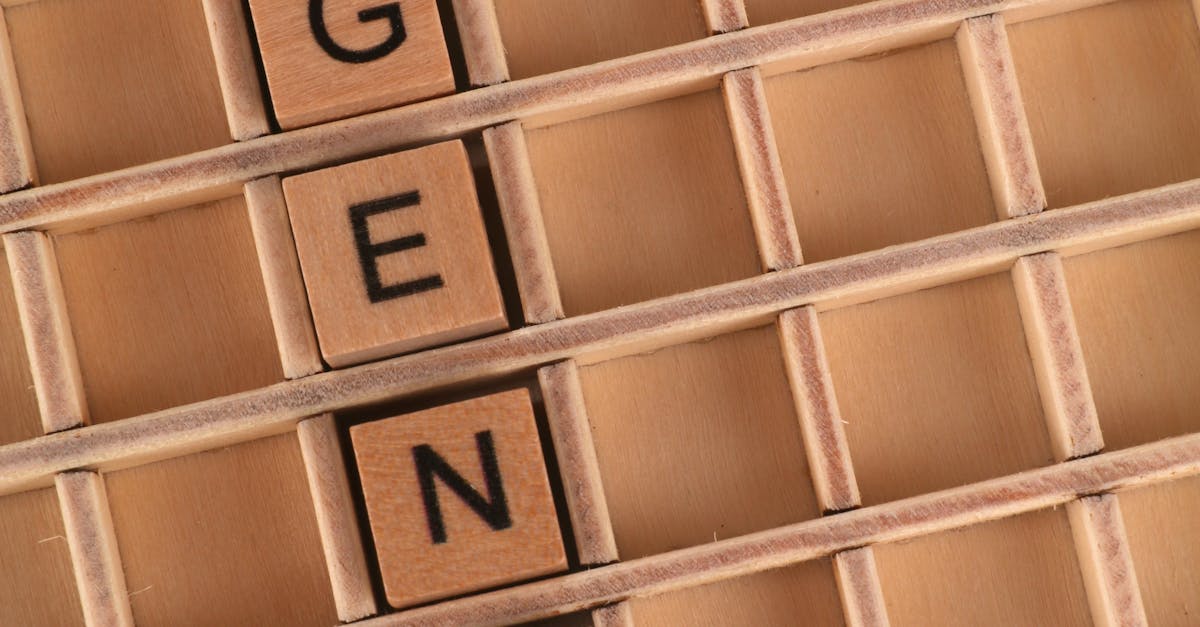
Table Of Contents
Overlooking Water Supply Shutoff
One common mistake during faucet installation and repair is overlooking the water supply shut-off. Failing to turn off the water supply before starting can lead to unexpected water flow, creating a messy and potentially damaging situation. It is essential to locate the shut-off valves under the sink and ensure that both hot and cold water supplies are completely turned off. This simple action can save time and prevent costly repairs from water damage.
Not only is shutting off the water supply crucial for cleanliness, but it also protects your plumbing system during the installation process. A sudden rush of water can complicate your efforts, leading to frustrating delays. By taking the time to ensure that the water supply is shut off, you establish a safer working environment and make the entire faucet installation and repair process much smoother.
Steps to Safely Shut Off Water Before Starting
Before you begin any faucet installation and repair, it’s essential to shut off the water supply to prevent unexpected flooding or water damage. Locate the shut-off valves under the sink. These valves are typically situated on the water supply lines leading to the faucet. Turn them clockwise until they are fully closed. If there are no valves under the sink, you may need to turn off the main water supply for your home, which can usually be found near the water meter.
Once the water supply is off, it’s a good idea to run the faucet to ensure that all remaining water has drained from the lines. This action not only relieves pressure in the pipes but also helps minimise any mess during the installation. Prepare a basin or towels to catch any residual water when you disconnect the old faucet. Taking these precautions will make the faucet installation and repair process smoother and more efficient.
Not Using Plumber’s Tape
Using plumber's tape during faucet installation and repair is often overlooked, yet it plays a vital role in ensuring a secure and leak-free connection between fittings. This thin, stretchy tape wraps around the threads of pipes and fixtures, providing a tight seal that prevents water from escaping. Without it, you may find yourself facing unnecessary water damage or costly repairs down the track.
The importance of sealing threads cannot be overstated. Many homeowners underestimate the potential for leaks when fittings are connected directly without the added protection of plumber's tape. Over time, vibrations and thermal expansion can cause gaps to form in the threads, leading to drips. By simply incorporating this step into your faucet installation and repair, you safeguard your plumbing against future problems.
Why Sealing Threads is Crucial
Sealing threads is a fundamental step in ensuring a leak-free faucet installation and repair. Proper application of plumber’s tape on the threaded connections creates a watertight seal, preventing water from escaping through potential gaps. Without this important measure, even a small oversight can lead to significant leaks, resulting in water damage and costly repairs down the line. This step not only protects your plumbing system but also enhances the longevity of the faucet itself.
Neglecting to seal the threads can lead to frustration and extra work. When leaks occur, they might not be immediately visible, causing slow but steady damage over time. Regularly checking for appropriate seals contributes to the overall efficiency of your plumbing system. Understanding the significance of this sealing process can save homeowners from future complications and reinforce the importance of attention to detail during faucet installation and repair.
Skipping the Water Leak Test
After completing a faucet installation, conducting a water leak test is essential. Many homeowners underestimate the significance of this step. Even if everything looks perfect externally, small leaks can occur due to improper fittings or inadequate sealing. Neglecting to check for leaks can lead to water damage over time, causing costly repairs and mould issues. Ensuring that all joints and connections are tight before the area is sealed or hidden offers peace of mind and helps maintain the integrity of the plumbing system.
A simple method for testing for leaks involves turning the water supply back on and observing every connection for drips or moisture. It is advisable to inspect under the sink as well as around the faucet itself. For those new to plumbing, taking the time to perform this test may feel tedious, but the benefits are substantial. Addressing any potential leaks right after faucet installation and repair can save time, effort, and money in the long run.
How to Effectively Check for Leaks PostInstallation
After completing the faucet installation, perform a thorough leak test to ensure that everything is functioning properly. Start by turning the water supply back on slowly. Observe the connections for any signs of dripping or wetness. Pay close attention to the base of the faucet and the supply lines, as these are common areas where leaks can occur. If any leaks are detected, it’s essential to address them immediately to prevent water damage and further repair work.
Once you've checked the visible areas, run the faucet for a few minutes. This helps to pressurise the system and may reveal leaks that were not apparent during the initial inspection. If water seeps out from anywhere, turn off the faucet and inspect the fittings. Ensure that the plumbing connections are tightened and that the plumber’s tape is properly applied around threaded areas. Regular check-ups after faucet installation and repair can save time and money in the long run.
FAQS
What is the importance of shutting off the water supply before installing a faucet?
Shutting off the water supply is crucial to prevent flooding and water damage while you are working on the installation. It ensures a safe environment to complete the task without the risk of water spraying unexpectedly.
How do I properly shut off the water supply before starting the installation?
To safely shut off the water supply, locate the shut-off valves under the sink and turn them clockwise until they are fully closed. If there are no local shut-off valves, you may need to turn off the main water supply for your home.
Why is plumber’s tape necessary during faucet installation?
Plumber’s tape helps create a watertight seal between the threaded connections of pipes and fittings, preventing leaks and ensuring a secure installation. Without it, you may experience dripping or water seepage.
How can I perform a water leak test after installing a faucet?
To check for leaks, turn the water supply back on slowly and observe all connections for any signs of dripping or moisture. Run the faucet for a few minutes and inspect again to ensure everything is secure and leak-free.
What should I do if I notice a leak after installation?
If you notice a leak after installation, turn off the water supply immediately and tighten any loose connections. If the leak persists, disassemble the connections, reapply plumber's tape, and reassemble to ensure a proper seal. If problems continue, consider consulting a professional plumber.

